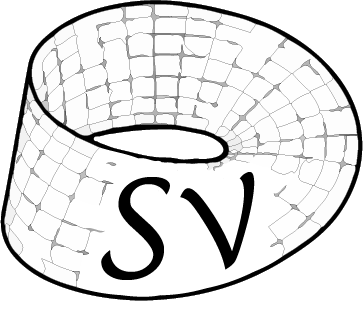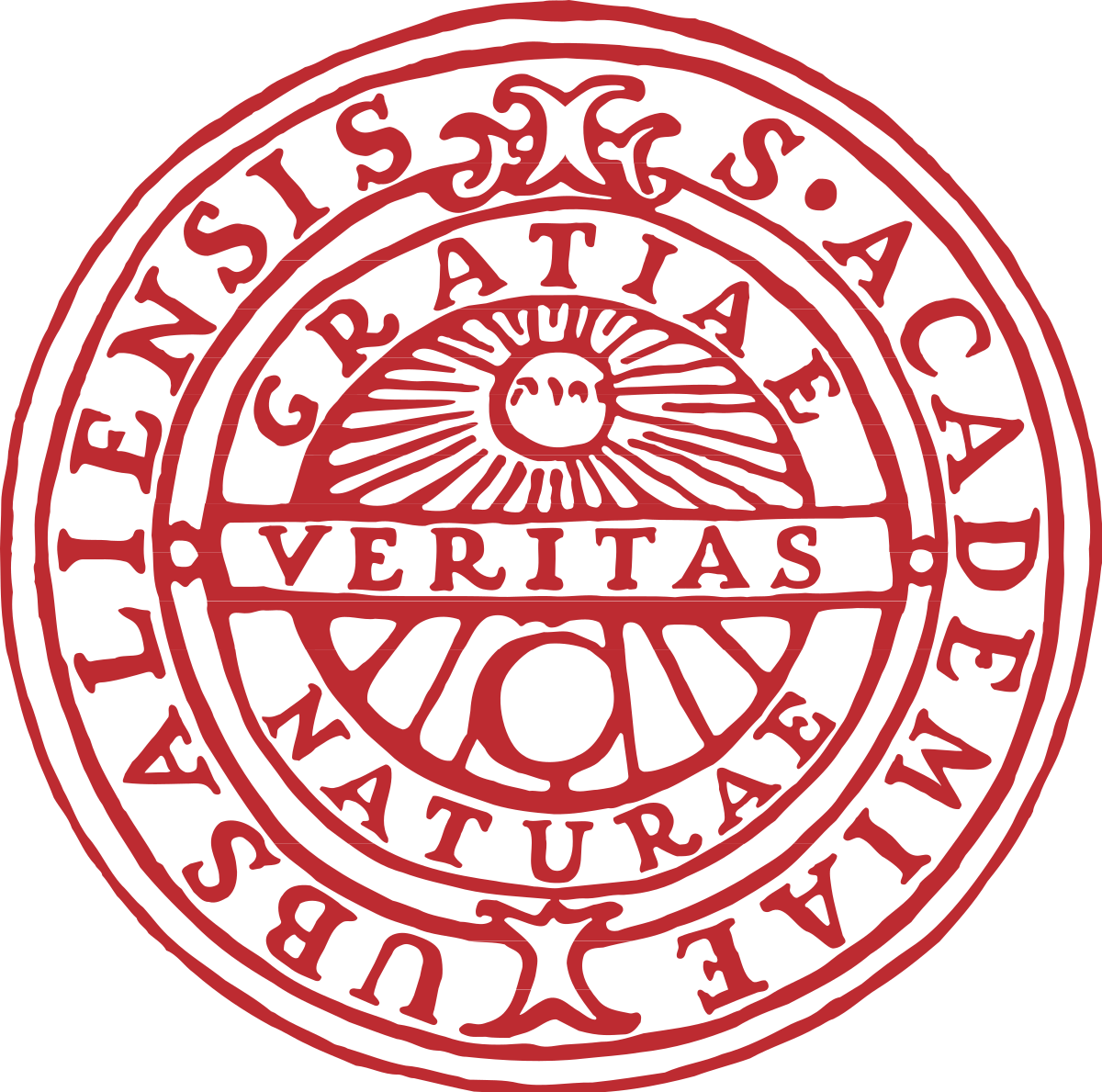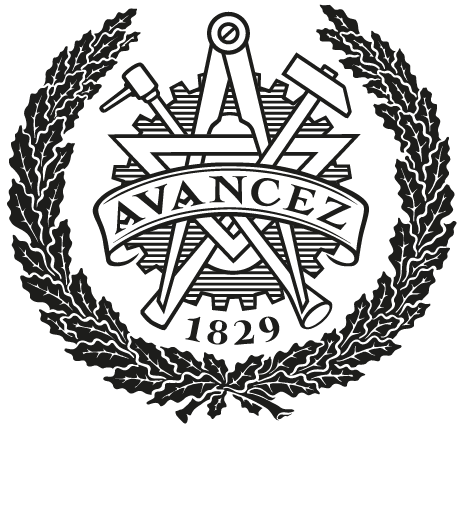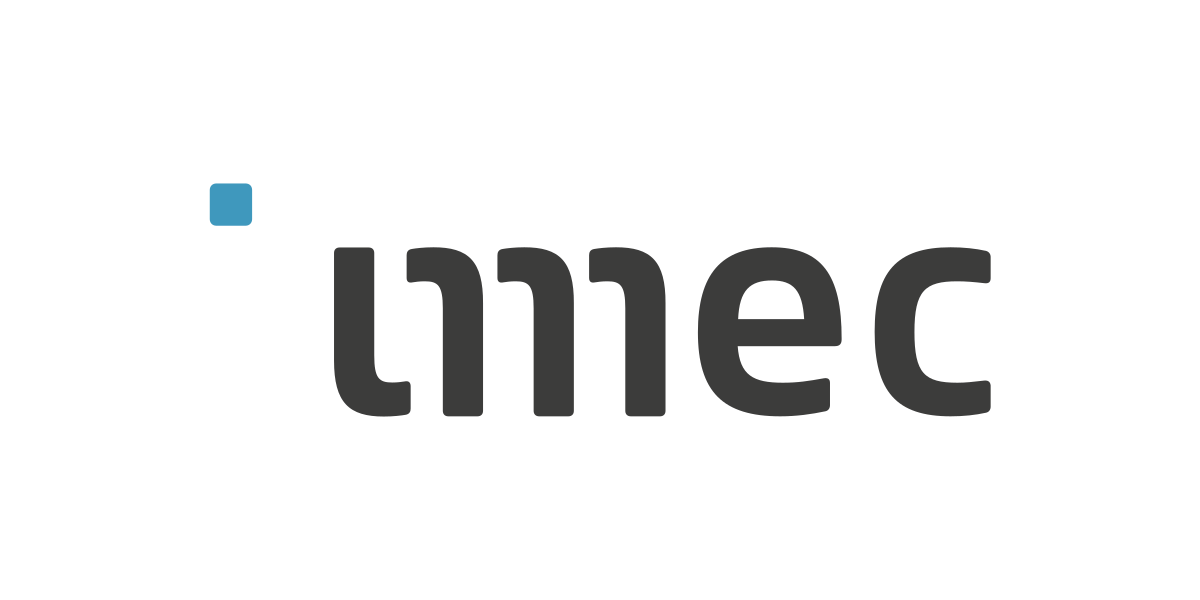Hi, I'm
Sushanth Varada,
a second-year Physics PhD student, advised in Quantum Matter Theory by Prof. Annica Black-Schaffer at Uppsala University, Sweden.
My research focuses on topological states of matter, strongly correlated electron systems, and unconventional superconductivity.
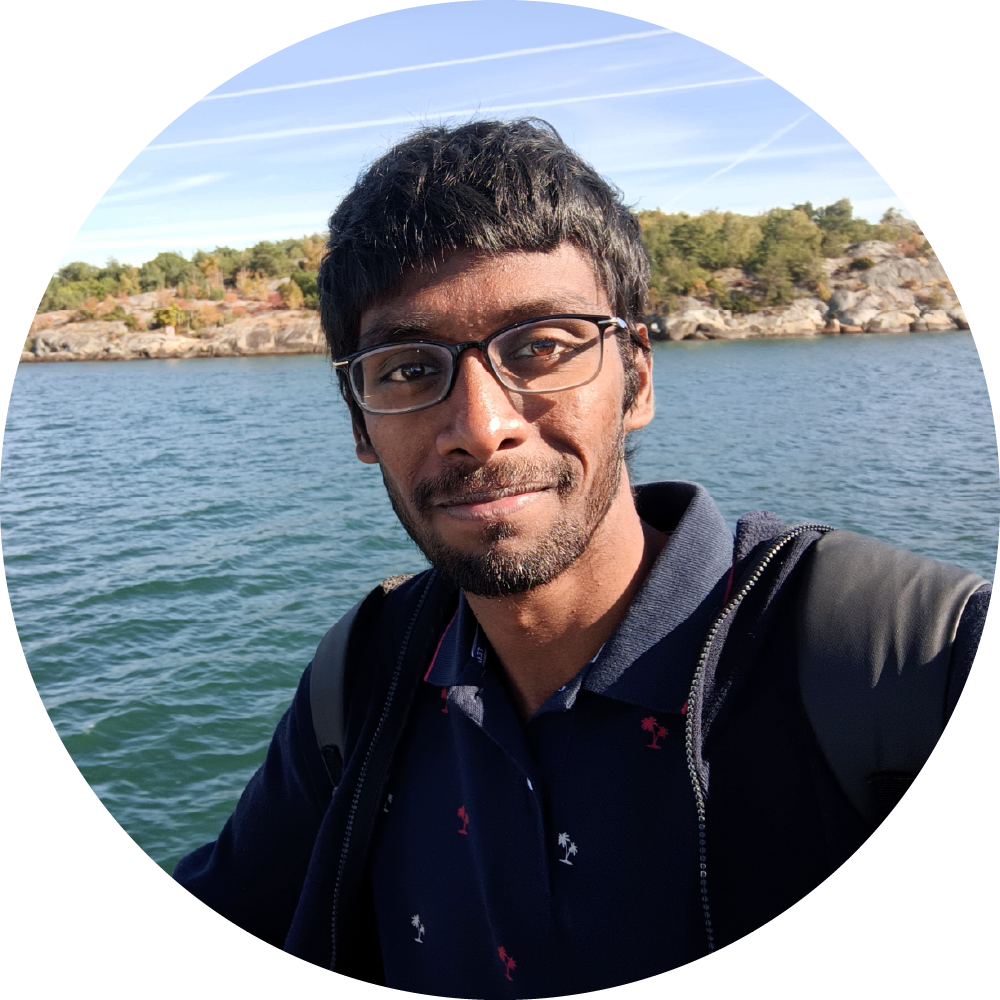
News
04 March 2025 - Submitted Paper: Exchange-phase erasure in anyonic Hong-Ou-Mandel interferometry; arXiv:2503.01678
15 September 2023 - Graduated Magna Cum Laude, Erasmus Mundus Joint Master of Science in Nanoscience & Nanotechnology at KU Leuven and Chalmers University, specializing in Quantum Science & Technology
Archived News
29 August 2023 - Successfully defended my Master's Thesis: Anyon Colliders: A time-dependent quantum Hall particle collider to reveal fractional statistics in the Laughlin sequence, at Chalmers University
Publications
Preprints
S. Varada, C. Spånslätt, and M. Acciai, Exchange-phase erasure in anyonic Hong-Ou-Mandel interferometry; arXiv:2503.01678
Research Papers
2020
S. Varada, S. Katpally, S.S.L. Thiruveedhi, Comprehensive Analysis and Optimization of Reliable Viterbi Decoder Circuits Implemented in Modular VLSI Design Logic Styles; Springer J. Electron. Test. 36, 343-363 (2020)
Theses
MSc. Thesis - Anyon Colliders: A time-dependent quantum Hall particle collider to reveal fractional statistics in the Laughlin sequence
Chalmers University of Technology, Supervisors: Christian Spånslätt, Matteo Acciai, Janine Splettstößer
KU Leuven and IMEC, Co-Supervisors: George Simion, Kristiaan De Greve
Select Talks
Seminar talk on Anyon Colliders at the University of Jyväskylä, Finland, August 25, 2023 (PDF Slides)
Research Posters
Exchange statistics in time-resolved anyon collisions in the fractional quantum Hall effect presented at the University of Pisa - 2D Quantum Matter Summer School 2023 and Chalmers Area of Advance Nano Conference 2023 (Poster PDF)
Superconducting phase crystals and Majorana flat bands with inhomogeneous magnetic fields presented at the Les Houches School of Physics: Frontiers of Condensed Matter 2024 (Poster PDF)
Research
Superconducting Phase Crystal
Zero-energy flat bands and Density of State (DOS) peaks in the normal state lead to unconventional superconductivity, as seen in materials like stacked graphene layers. What happens to these bands and peaks arising in a superconducting state? They exhibit inherent energetic instability, as observed in [110] surface of d-wave superconductors, where zero-energy flat bands and DOS peaks exist within the surface projection enclosed by bulk nodal points. This likely results in the spontaneous formation of a superconducting phase crystal at the surface.
A phase crystal is a rare state of matter that breaks both time-reversal and translation symmetry through spontaneous nanoscale modulations of the superconducting phase. These phase modulations generate spontaneous supercurrents, magnetic fields, and locally negative superfluid weight, enhancing superconducting properties. This project explores how zero-energy flat bands and DOS peaks may potentially form superconducting phase crystal in different superconductors, drawing insights from high-temperature cuprate superconductor surfaces.
Laughlin Anyons and Fractional Statistics
Quasiparticles arising in 2 space + 1 time dimensions, which obey quantum statistics intermediate between bosons and fermions, are called anyons. The Hong-Ou-Mandel effect reveals fermion and boson exchange statistics through the interference of identical particles at a beam splitter. It was unclear if this interferometry could analyze the anyon exchange statistics by probing their braiding phase. We investigated this question in a Laughlin fractional quantum Hall setup with filling factor 1/(2n+1), where n is a positive integer. Within this setup, we analyze the interference of two anyons at a quantum point contact functioning as a beam splitter for quasiparticles.
We showed that the standard Hong-Ou-Mandel ratio contains no information about the exchange phase acquired by anyons. Instead, the ratio probes properties related to the scaling dimension of quasiparticle excitations at the quantum point contact. In addition, we developed a physical interpretation of time domain braiding between anyons and quasiparticle excitations to explain erasure of exchange phase effects.
Exchange-phase erasure in anyonic Hong-Ou-Mandel interferometry;
S. Varada, C. Spånslätt, and M. Acciai; arXiv:2503.01678
Education
Uppsala, Sweden
Expected 2028
Chalmers University of Technology
Erasmus Mundus Joint MSc. in Nanoscience and Nanotechnology
Specialization: Quantum Science and Technology
Graduated Magna Cum Laude
Thesis: Anyon Colliders; Advisor: Janine Splettstößer
Gothenburg, Sweden
2022 - 2023
KU Leuven
Erasmus Mundus Joint MSc. in Nanoscience and Nanotechnology
Graduated Magna Cum Laude
Awards and Activities:
Erasmus Mundus Category-A Merit Scholarship
Dry lab researcher and finance manager - iGEM 2022 KUL: SenSkill
Student representative - Nano Permanent Education Committee
Leuven, Belgium
2021 - 2023
Experience
Interuniversity Microelectronics Centre [IMEC]
Research Intern
Supervisor: Alexander Grill
Numerical modeling, cryogenic measurement setup calibration
Leuven, Belgium
7/2022 - 8/2022
Contact
Email: sushanth.varada@physics.uu.se
Postal Address
Department of Physics and Astronomy,
Division of Materials Theory,
Uppsala University, Box 516,
SE-751 20 Uppsala SWEDEN
Visiting Address
Ångström Laboratory, House 9, Floor 3, Room 93128,
Lägerhyddsvägen 1, Uppsala University
